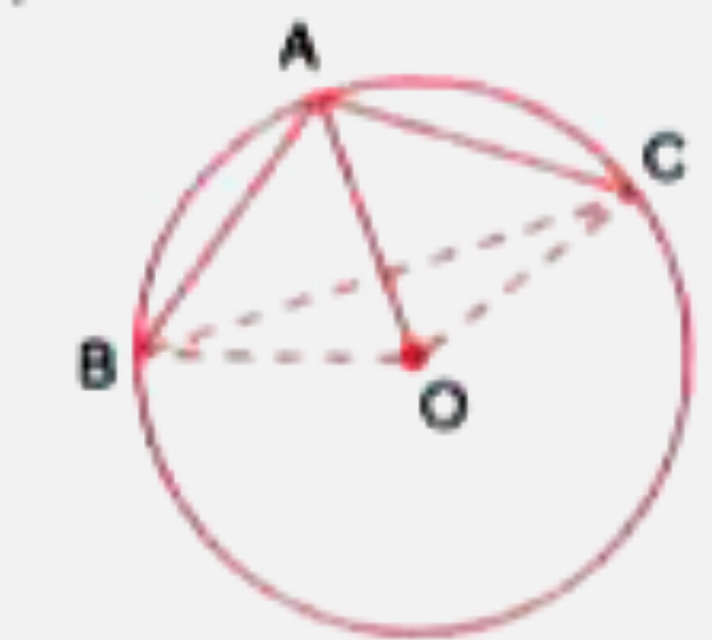The C.G of a regular object will depend on ...........
distribution of mass
Volume of the body
Density of the body
All of these
The correct Answer is:A
To determine what the center of gravity (C.G) of a regular object depends on, we can analyze the options provided in the question.
1. Understanding Center of Gravity (C.G):
- The center of gravity of an object is the point where the total weight of the body can be considered to act. It is influenced by the distribution of mass within the object.
2. Analyzing the Options:
- Option 1: Distribution of Mass:
- The C.G will depend on how the mass is distributed throughout the object. If the mass is evenly distributed, the C.G will be at the geometric center. If the mass is unevenly distributed, the C.G will shift towards the denser side.
- Conclusion: This option is correct.
- Option 2: Volume of Body:
- The volume itself does not directly affect the C.G. It is the distribution of mass within that volume that matters.
- Conclusion: This option is incorrect.
- Option 3: Density of Body:
- While density can influence the distribution of mass, the C.G itself does not depend directly on density. It is more about how mass is arranged rather than how much mass is present per unit volume.
- Conclusion: This option is incorrect.
- Option 4: All of These:
- Since options 2 and 3 are incorrect, this option cannot be correct either.
- Conclusion: This option is incorrect.
3. Final Answer:
- The center of gravity of a regular object will depend on the distribution of mass (Option 1).
Summary:
The C.G of a regular object primarily depends on the distribution of mass within the object. The volume and density do not directly influence the C.G.
- The center of gravity of an object is the point where the total weight of the body can be considered to act. It is influenced by the distribution of mass within the object.
- Option 1: Distribution of Mass:
- The C.G will depend on how the mass is distributed throughout the object. If the mass is evenly distributed, the C.G will be at the geometric center. If the mass is unevenly distributed, the C.G will shift towards the denser side.
- Conclusion: This option is correct.
- Option 2: Volume of Body:
- The volume itself does not directly affect the C.G. It is the distribution of mass within that volume that matters.
- Conclusion: This option is incorrect.
- Option 3: Density of Body:
- While density can influence the distribution of mass, the C.G itself does not depend directly on density. It is more about how mass is arranged rather than how much mass is present per unit volume.
- Conclusion: This option is incorrect.
- Option 4: All of These:
- Since options 2 and 3 are incorrect, this option cannot be correct either.
- Conclusion: This option is incorrect.
- The center of gravity of a regular object will depend on the distribution of mass (Option 1).
The C.G of a regular object primarily depends on the distribution of mass within the object. The volume and density do not directly influence the C.G.
Similar Questions
Knowledge Check
The C.G of a regular object would lie
Aon the bodyBoutside the bodyCinside the bodyDall of theseC.G of a solid and hollow sphere are .......
Athe sameBdifferentCalmost the sameDGeometric centreStatement I: A needle placed carefully on the surface of water may float, whereas the ball of the same material will always sink.
Statement II: The buoyancy of an object depends both on the material and shape of the object.AIf both assertion and reason are true and reason is the correct explanation of assertion.BIf both assertion and reason are true but reason is not the correct explanation of assertion.CIf assertion is true and reason is false.DIf both assertion and reason are false.
Buoyant force on an object completely immersed in a fluid does not depend on the density of the object. It would only depend on the weight of liquid displaced. If the vessel in which an object is immersed is accelerated then the pseudo force acting on the object in the frame of the vessel depends on the mass of the object. The direction of motion of an object relative to a vessel can be found by finding the resultant of buoyant force, the pseudo force, the gravitational force and any other force acting on the body.
If in the previous problem the beaker was given a rightward acceleration then relative to the beaker the block will have a tendency to move :
View SolutionThe work done on an object does not depend on the :
View SolutionThe value of 'g' on earth surface depends :-
View SolutionThe kinetic energy of an object depends on the frame of reference in which its motion is measured. Give an example to illustrate this point.
View SolutionIn the given figure, AB is a side of a regular hexagon and AC is a side of a regular eight sided polygon. Find :

∠BOC
View Solution
